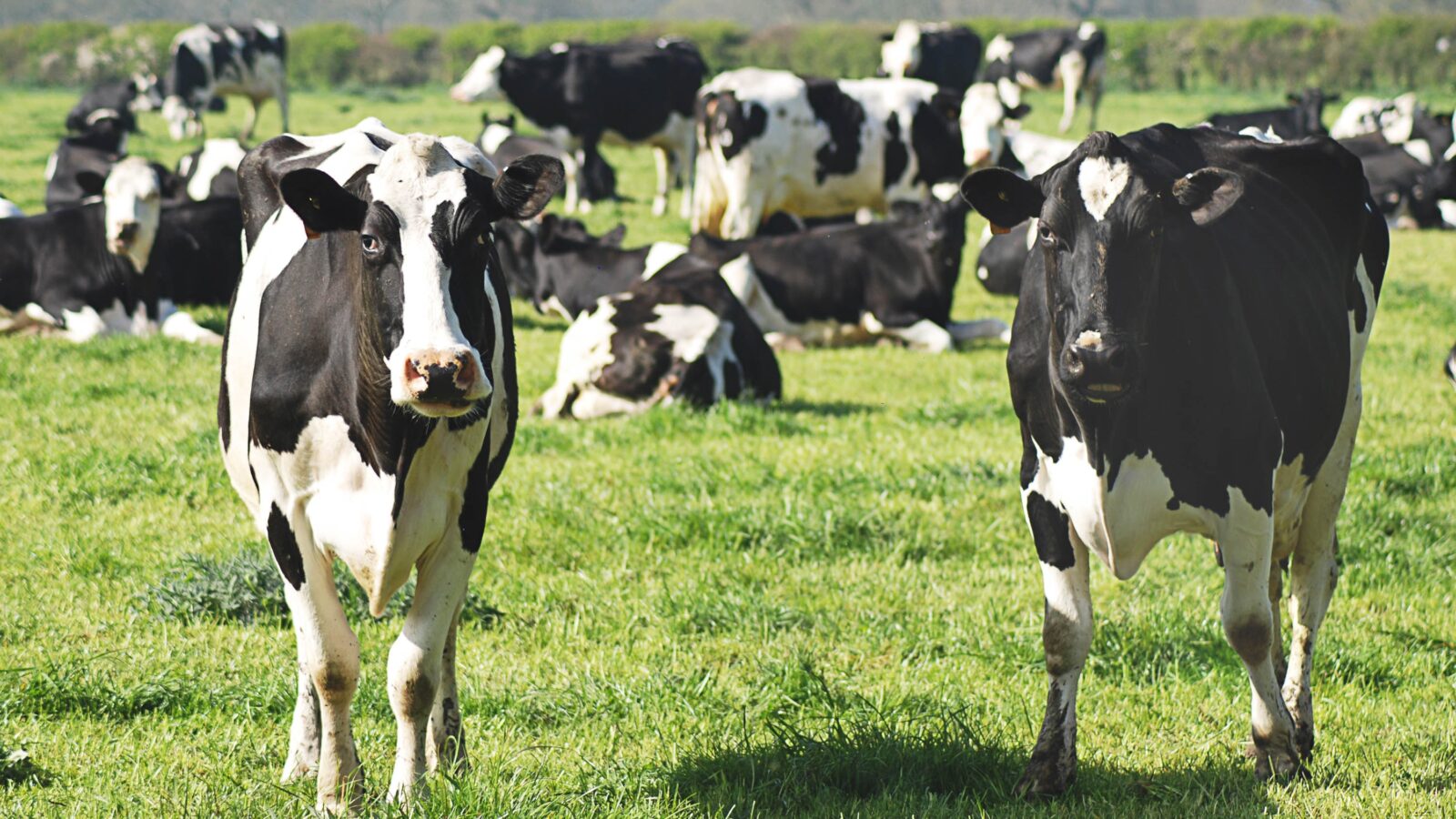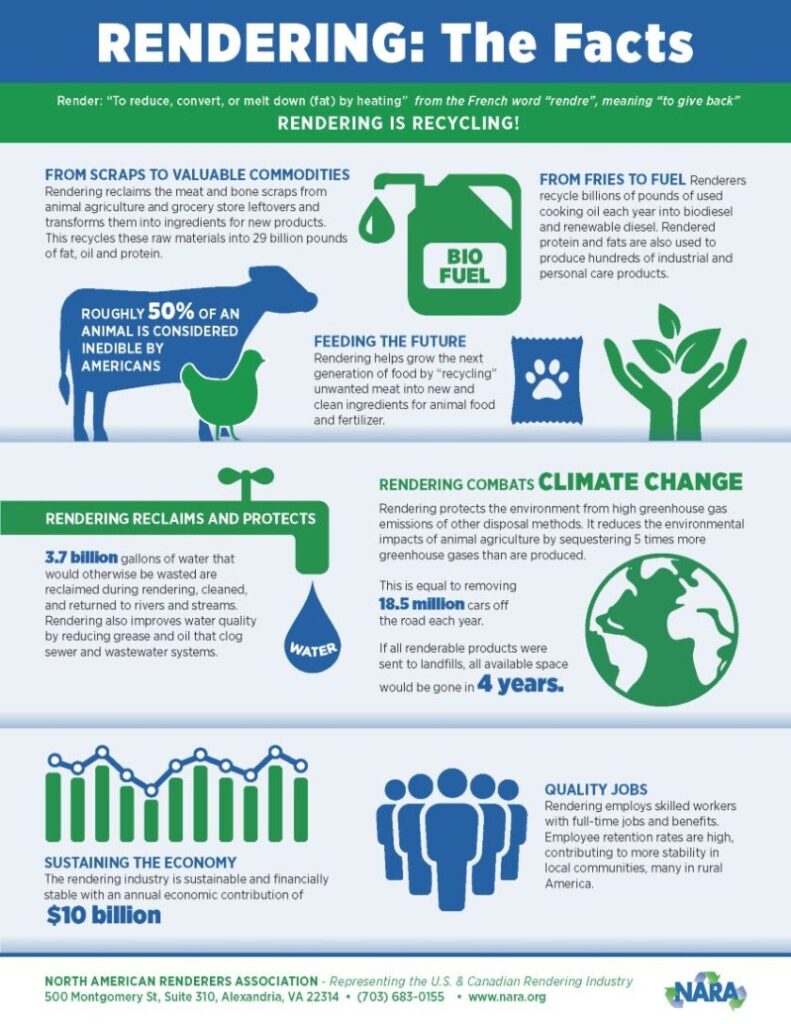
Without the rendering industry, U.S. landfills would be at capacity in just four years.

That’s according to Kent Swisher, the newly elected president and CEO of the North American Renderers Association (NARA), who was speaking ahead of this year’s National Cattle Industry Convention in August. Rendering’s sustainability success story doesn’t always get the attention it deserves, he said, but telling it will protect the industry’s future demand.
[1]A recently published peer-reviewed article quantifies how agricultural rendering benefits the three pillars of sustainability – environmental, social and economic – in the following ways:

Reduced waste and carbon emissions
“Our carbon intensity is a lot lower, because we are recycling products that would otherwise go into a landfill,” said Swisher.
Keeping that waste out of landfills avoids at least 90% of potential greenhouse gas emissions, compared with industrial composting, and sequesters five times the amount of GHGs as it emits. As of 2020, rendering’s annual GHG reduction is equivalent to removing more than 18.5 million cars from American roads.
Water reclamation
“Most people don’t understand that half of an animal is easily water,” added Swisher.
Rendering reclaims and conserves 3.7 billion gallons of water (circa 16.8 billion liters) each year that would otherwise be wasted. That water is cleaned and returned to rivers and streams. According to NARA, that’s enough water to fill 5,604 Olympic-sized swimming pools.
The rendering process removes grease and oils that would clog sewer and wastewater systems, further contributing to improved water quality.
Social and economic benefits
There are emerging market opportunities for products from the cattle rendering industry, both domestically and globally, including in renewable biodiesel production.
The rendering industry is also an economic driver, with an annual economic contribution of $10 billion. It employs skilled, full-time labor and retention rates are high, with the industry often providing stable employment in rural communities.


